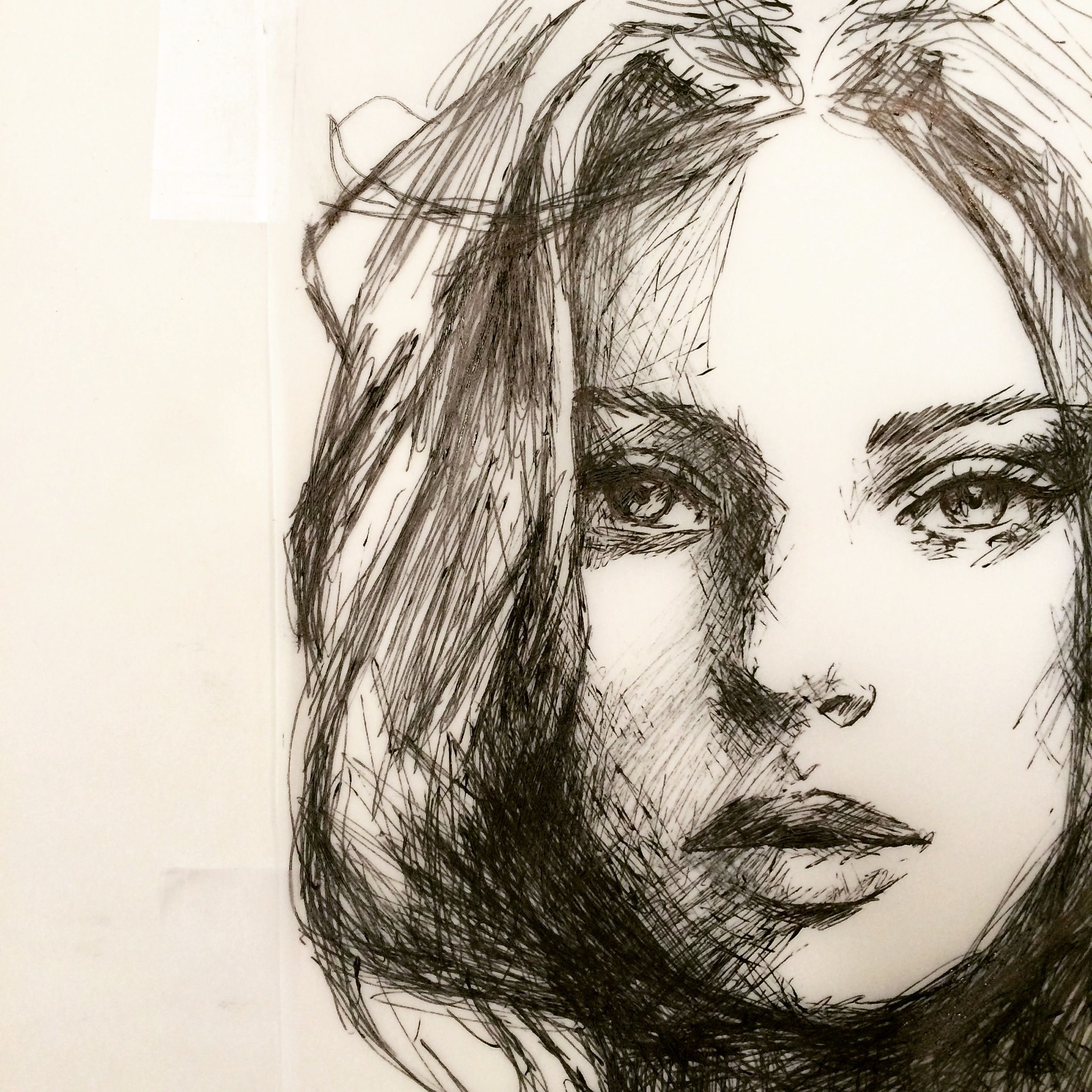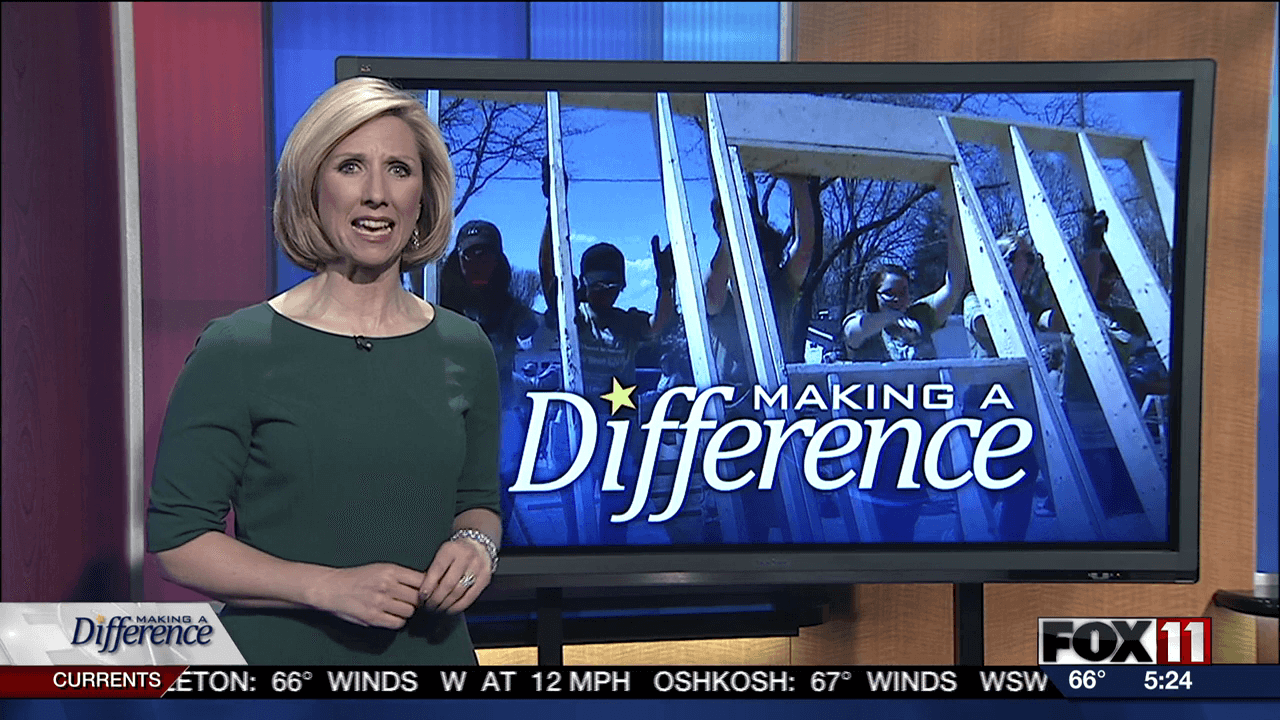Taylor Swift Criticism: Understanding the Backlash Against a Pop Icon
The phenomenon of Taylor Swift criticism
Few artists in the modern music landscape generate equally much polarize opinion as Taylor Swift. With millions of devoted fans cosmopolitan, she simultaneously faces significant criticism and yet outright dislike from others. This dichotomy raise interesting questions about celebrity culture, music preferences, and the public’s relationship with mega successful artists.
Understand why some people express negative sentiments toward Taylor Swift require examine multiple factors, from musical taste to media representation and broader cultural dynamics.

Source: nickiswift.com
Overexposure and media saturation
One of the well-nigh common reasons cite for Taylor Swift criticism is her ubiquitous presence in media and popular culture. As one of the well-nigh successful recording artists globally, swift receive extensive coverage across all media platforms.
This constant exposure can create fatigue eventide among neutral observers. Her music play regularly on radio stations, her face appears on magazine covers, and news about her personal and professional life dominate entertainment headlines. For those not peculiarly draw to her music, this omnipresence can transform indifference into active dislike.
The phenomenon know as” overexposure backlash ” ffect many celebrities who reach a certain level of fame. When someone become overly visible in the cultural landscape, it can trigger negative reactions but due to the perception of inincapability
Perceive inauthenticity and calculation
Critics oftentimes point to what they perceive as calculated career moves and image management by swift. Her evolution from country sweetheart to pop superstar to indie folk artist has been interpreted by some as strategic kinda than authentic artistic growth.
Her cautiously craft public persona and meticulously plan career moves strike some observers as excessively manufacture. In an era where authenticity is extremely value, peculiarly in music, this perception can fuel criticism.
Swift’s songwriting about personal relationships has besides draw criticism, with some view it as exploitative of her romantic history for commercial gain. This narrative has persisted despite similar practices being common among songwriters across genres and genders.
The victimhood narrative criticism
Another recur criticism involve swift’s public feuds and her framing of these conflicts. Some critics argue that she overly pronto adopt a victim stance in disputes with other celebrities or industry figures.
High profile disagreements with Kanye West, Kim Kardashian, scooter Braun, and others have played out publically, with swift oftentimes position herself as wrong. While she may have legitimate grievances in these situations, critics suggest this pattern reinforce a narrative of victimhood that can seem at odds with her immense power and privilege in the industry.
This criticism reflect broader cultural conversations about accountability, power dynamics, and how public figures navigate conflicts.
Privilege and political engagement
Swift’s background as a white woman from a wealthy family has draw criticism, specially during periods when she remains politically neutral. For years, swift avoid make explicit political statements, which some interpret as calculate fence sit to avoid alienate any portion of herfan basee.
When she did become more politically vocal, some view this evolution as overly little, overly late, or question the authenticity of her newfound activism. This highlight the no win situation many celebrities face regard political engagement criticize both for speak away and for stay silent.
Swift’s privilege has besides been a focal point for critics who question her relatability despite her attempts to connect with fans through personal songwriting. The contrast between her enormous wealth and the everyday struggles of many listeners can create a disconnect that fuel criticism.
Musical critique and taste differences
Beyond image and personality, some criticism stem plainly from musical taste differences. Swift’s pop orient sound, peculiarly during her” 1989 ” nd “” putation ” ” s, doesn’t appeal to everyone.
Music critics and fans of other genres sometimes dismiss her work as formulaic, excessively commercial, or lack depth. While swift has received critical acclaim for her songwriting, peculiarly on albums lik” folklore” and ” vermore, “” ose who prefer other musical styles or artists may authentically not connect with her sound.
This representsmay happ thwell-nighgh straightforward reason for dislike not everyone enjoy the same music, and swift’s style plainly doesn’t resonate with all listeners.
Fan culture and perceived toxicity
The behavior of swift’s nigh devoted fans, know as” sSwiftair ” ometimes generate negative perceptions that extend to the artist herself. Like many fan communities, some segments of swift’s fafan basengage in aggressive defense of their idol oonline attack critics and create an environment that can seem hostile to outside perspectives.
While swift can not control her fans’ actions, the perceive intensity and sometimes confrontational nature of her fan base can contribute to negative feelings about her by association. People who have experience online harassment from fans may develop negative attitudes toward swift herself, fair or unfairly.
This dynamic highlights how contemporary celebrity culture extend beyond the individual artist to encompass entire communities of supporters whose behavior influences public perception.
Gender dynamics and double standards
An important lens through which to view swift criticism is gender. Many defenders point out that male artists who write about their personal lives, date multiple people in the public eye, or cautiously manage their careers face far less scrutiny and criticism than swift do for similar behaviors.
The criticism of swift as” calculate ” r “” ay the victim ” ” times employ gendgenderguage and expectations that aren’t typically apply to male artists. This reflereflectsder societal double standards regard ambition, relationship history, and emotional expression.
Swift herself has address these double standards, note how female artists face different expectations and criticism than their male counterparts. This perspective doesn’t invalidate all criticism of swift but suggest some of it may be root in gender expectations kinda than objective assessment.
The contrarian effect
When any cultural figure achieves massive popularity and adoration, a contrarian effect frequentlyemergese. Some people develop negative opinions specifically because something or someone is wide beloved.
This psychological phenomenon isn’t unique to swift it applies to many extremely successful artists, films, books, and other cultural products. The more something is praise and recommend, the more some individuals feel compel to reject it, sometimes without give it fair consideration.
This contrarian impulse can be a way for people to assert individuality or resist perceive cultural pressure to join in collective appreciation. For some critics of swift, their dislike may be amplified by resistance to her overwhelming popularity kinda than specific objections to her music or persona.
Media framing and narrative construction
The media play a significant role in shape public perception of celebrities, and swift has experience both exceedingly positive and negative coverage throughout her career. Tabloids and entertainment media frequently amplify conflicts and controversies while downplay positive aspects of a celebrity’s life and work.
Narratives about swift have shift dramatically over time from America’s sweetheart to calculate businesswoman, from political neutral to activist. These shifting frame influence how the public perceive her, sometimes create last impressions base on limited or distorted information.
Media coverage tend to simplify complex individuals into easy digestible narratives, and swift has been subject to this reductive treatment throughout her career. This simplification can fuel criticism base on incomplete understanding of her as an artist and person.

Source: christianitytoday.com
Evolution of criticism over time
Interestingly, the nature of swift criticism has evolved throughout her career. Early criticism ofttimes focus on her singing abilities and perceive lack of musical depth. As sheestablishesh herself as a songwriter and musician, criticism shift more toward her public persona, political stances, and cultural impact.
Her genre transitions have to spark different waves of criticism, with country fans express disappointment when she mmovestoward pop, and pop fans have mixed reactions to her folk explorations. This evolution demonstrates how criticism oftentimes follow artists who refuse to remain static in their creative expression.
Presently, criticism ofttimes center on her cultural dominance and questions about whether her artistic output justify her level of fame and influence. This represents a shift from critique the art itself to examine its place in the broader cultural landscape.
Understanding celebrity criticism in context
The phenomenon of Taylor Swift criticism exist within a broader context of how we engage with celebrities in contemporary culture. The par asocial relationships fans develop with stars create intense emotional investments, both positive and negative.
Social media has amplified these dynamics, create spaces where both adoration and criticism can reach extreme levels. The accessibility of platforms where anyone can share opinions about public figures hademocratizedze cultural criticism while sometimes reduce its nuance.
Swift, like many mega celebrities, functions as a canvas onto which people project various meanings, values, and expectations. When these projections clash with her actual choices or persona, criticism frequently result.
Conclusion: beyond simple answers
The question of why people dislike Taylor Swift have no single, simple answer. The criticism she faces stems from a complex interplay of factors include media representation, gender dynamics, musical preferences, celebrity culture, and individual psychology.
Some criticisms reflect legitimate artistic or personal disagreement, while other negative reactions may be more reflective of broader social patterns or biases. Understand this complexity help place swift criticism in proper context.
What remain clear is that swift’s cultural significance extend far beyond her music entirely. The strong reactions she generates both positive and negative speak to her position as not merely an artist but a cultural symbol whose meaning continue to benegotiatede in the public sphere.
Whether you will love or will criticize, swift’s impact on contemporary music and culture is undeniable, will ensure that conversations about her work and public persona will continue to will evolve alongside her career.



